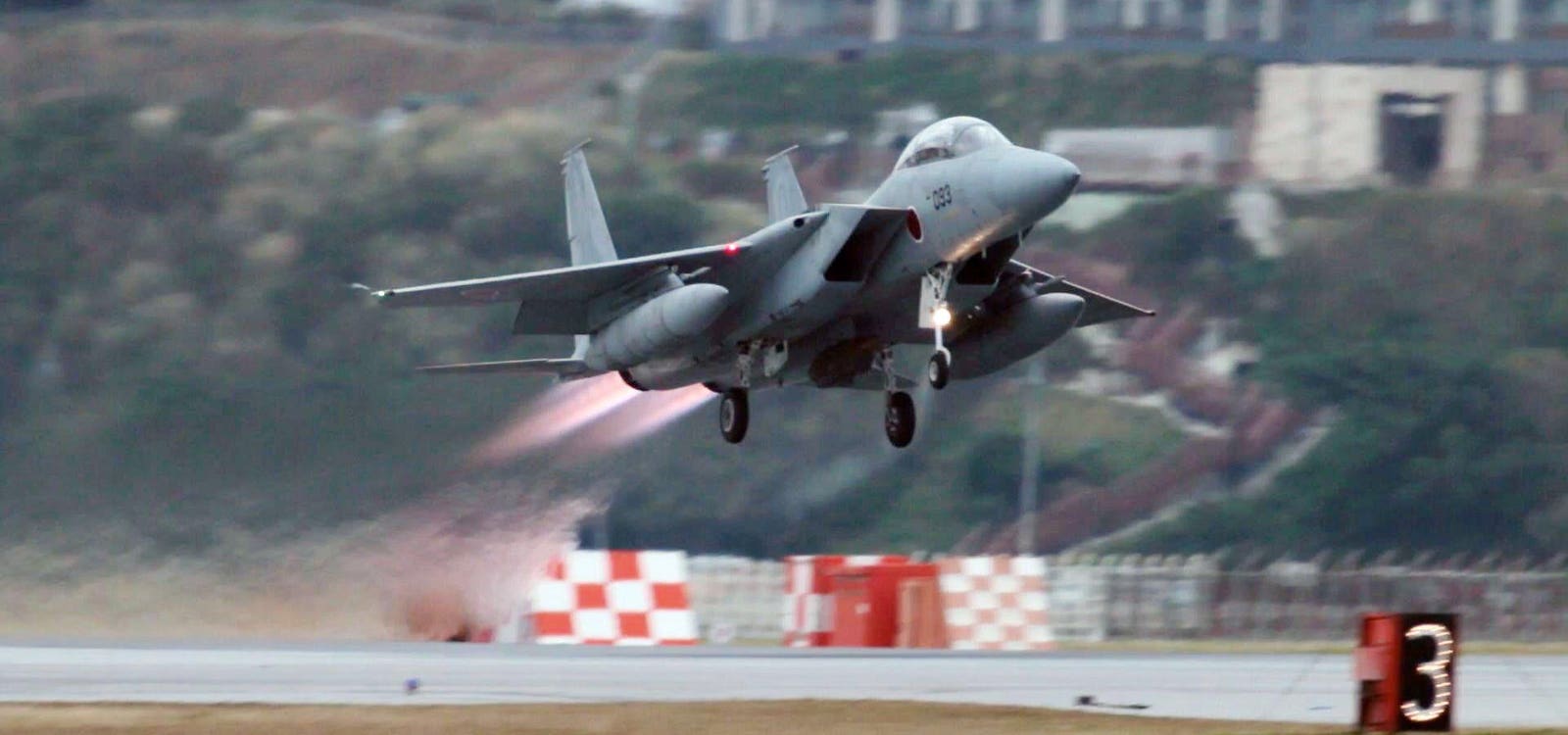Japan Has A New Air-Defense Plan—Ignore Chinese Planes
Mar 5, 2021,08:00am ESTWith around 3,300 fighters, bombers and other aircraft, the Chinese air force has more than twice as many planes as the Japanese air force does.
Beijing has seized on that advantage—deploying fighters and other warplanes to probe Japanese air space at such a high rate that China literally has been wearing out Japan’s own fighters.
After years of ceaseless Chinese pressure, Japan finally is doing something about it. It’s now official policy for Japanese forces simply to ... ignore Chinese planes.
Well, sort of ignore some of them.
Where before Japanese fighters intercepted all Chinese warplanes entering Japan’s air-defense identification zones—which largely straddle international air space—now Tokyo’s planes will intercept only the most provocative Chinese formations.
Defense officials briefed Japanese media on the new policy this week, but it’s evident that the defense ministry began restricting interceptions at least a year ago.
Japanese interceptions of Chinese planes peaked at 851 in 2016 then dropped to 675 in 2019 and fell further to just 331 in 2020—and not necessarily because the Chinese are flying less often.
For comparison, the entire NATO alliance performed just 430 interceptions of Russian planes in 2019.
The high sortie rate has been a problem for the Japanese air force’s F-15J squadrons, which are first in line to enforce Japan’s air-defense zones. The JASDF operates 200 F-15s.
Many of the F-15s are assigned to training flights or are stuck in deep maintenance. In practice, just a hundred of so F-15s have handled up to a thousand interceptions a year.
And bear in mind—fighters rarely fly alone.
Realistically, the JASDF can count on just 25 flights of four planes each to keep Chinese planes at bay across air-defense zones covering hundreds of thousands of square miles.
All that short-notice flying has taken a toll. "I think China wants to keep the JASDF off-balance and reactive, wear out its aircraft and air crew, gain training and keep the pressure up daily," Peter Layton, an analyst with the Griffith Asia Institute in Australia, told CNN last year.
“The in-service life of Japan's F-15J fleet is now almost a decision that lies with China,” Layton added.
The F-15 fleet’s material health isn’t the only factor in Tokyo’s new interception policy. The JASDF is in the process of replacing many of its older fighter—including half of the F-15s—with 157 new F-35 stealth fighters that the military concedes aren’t exactly ideal for ADIZ patrols.
A fighter needs to be reliable, easy to launch and fast in order to catch Chinese planes in the act. The F-35 is none of those things. As F-35s account for a greater proportion of the JASDF fighter fleet, the number of planes Tokyo can count on for ADIZ patrols could drop by half.
"The F-35 is not suitable for emergency lift-off, and it will become difficult to maintain the same system as before,” the Japanese defense ministry told Kyodo News.
The new policy of not intercepting all Chinese planes doesn’t mean that Beijing suddenly is free to do as it pleases in the air space around Japan.
According to the new policy, ground-based air-defense systems and the JASDF’s 21 E-767 and E-2 radar planes will monitor the Chinese formations that the fighter force doesn’t intercept.

Japan Has A New Air-Defense Plan—Ignore Chinese Planes
It’s now official policy for Japanese forces simply to ... ignore some Chinese planes.
 www.forbes.com
www.forbes.com

